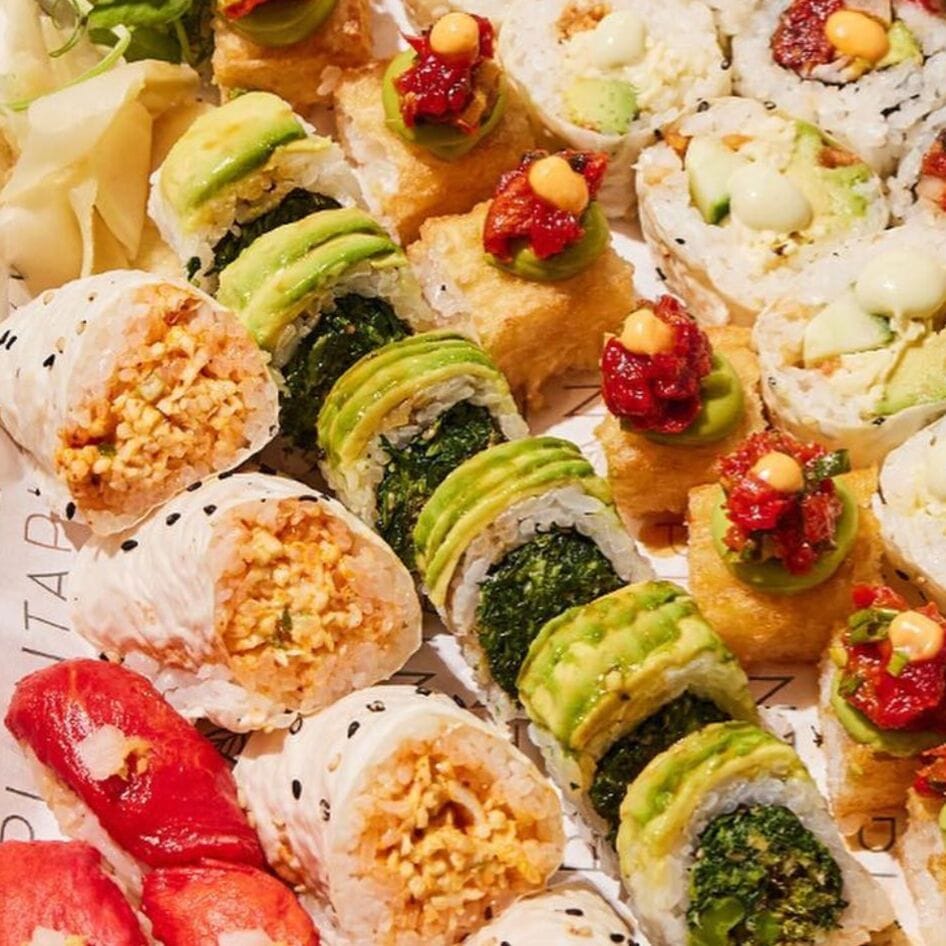The Tofu Lover’s Guide to Tofu
Think you’ve seen it all? Consider some novel variations of this soy-based staple.
May 23, 2016
Always applauded for its adaptability, tofu can easily be incorporated into most any meal. But some mistake its light flavor for blandness and versatility for lack of character. If you find yourself bored with the standard selection, hope is not lost. This star of the soy family has been a mainstay on Asian menus for hundreds of years—by 1782, the Japanese had already published Tofu Hyakuchin (100 Unusual Tofu Dishes). You can find a world of textures and flavors on offer at your local Japanese market, so go ahead and take our tofu tour. You’re sure to find at least one dish to tickle your taste buds.
Tofu Cutlets (Atsuage)
These thick slabs of deep-fried goodness have a low water content, and therefore a firmer texture than most tofu you’ll find in a standard supermarket. Look for a thick golden-brown square or triangles with a slightly bumpy surface. Since it’s so much sturdier than other varieties, atsuage is a great choice for kebabs or “steaks” for sandwich filling. You can also throw it into any stir-fry, soup, or curry at the last minute, as there’s no need to cook it beforehand—just make sure it’s heated through before serving.
Tofu Slices (Usuage)
The main difference between atsuage and usuage is thickness. While the former is generally the same size as a standard block of tofu, the latter is usually available in thinner sheets. These golden brown pockets tend to be slightly oily, so it’s a good idea to submerge them in some boiling water briefly (less than a minute is fine) to remove excess grease. This will also enhance its ability to absorb the flavors of whatever you are cooking them with. Usuage—cut into thin strips—makes a great addition to miso soup. Just throw it in to the stock along with the vegetables a few minutes before adding the miso.
Tofu Pockets (Inari Age)
This deep-fried delight is the key ingredient to inari pockets, a common snack for Japanese schoolchildren (and some sweet-toothed adults). Fun trivia tidbit: this tofu is sometimes coined kitsune, the Japanese word for “fox”, because it’s reputed to be foxes’ favorite food. Who knew Japanese foxes were so well-fed? Inari is made from usuage that has often been simmered with soy sauce, sake, and dashi, or stock. Check the label to make sure the stock is fish-free. If you’d prefer to make your own, just simmer 2/3 cup soy sauce, 2/3 cup mirin, 2 tablespoons sake, and 1/3 cup sugar in a small saucepan with 3 cups of kelp stock, and after submerging the usuage in boiling water to remove the oil, put it in with your sauce. If you purchase the pre-made pockets, stuff them with rice, sesame seeds, and anything else that appeals to you. If you’ve made your own, it’s a great topping to a bowl of udon noodles, or mixed with vegetables and served on top of brown rice.
JUMP TO ... Latest News | Recipes | Guides | Health | Subscribe







